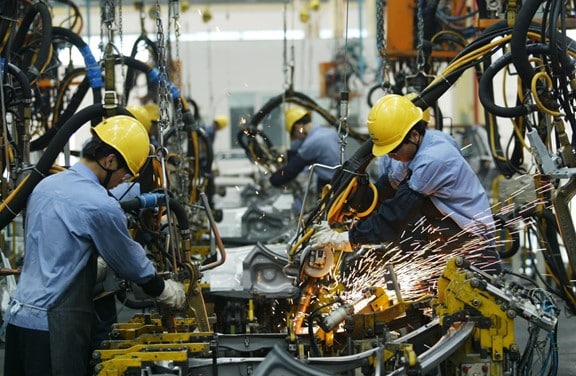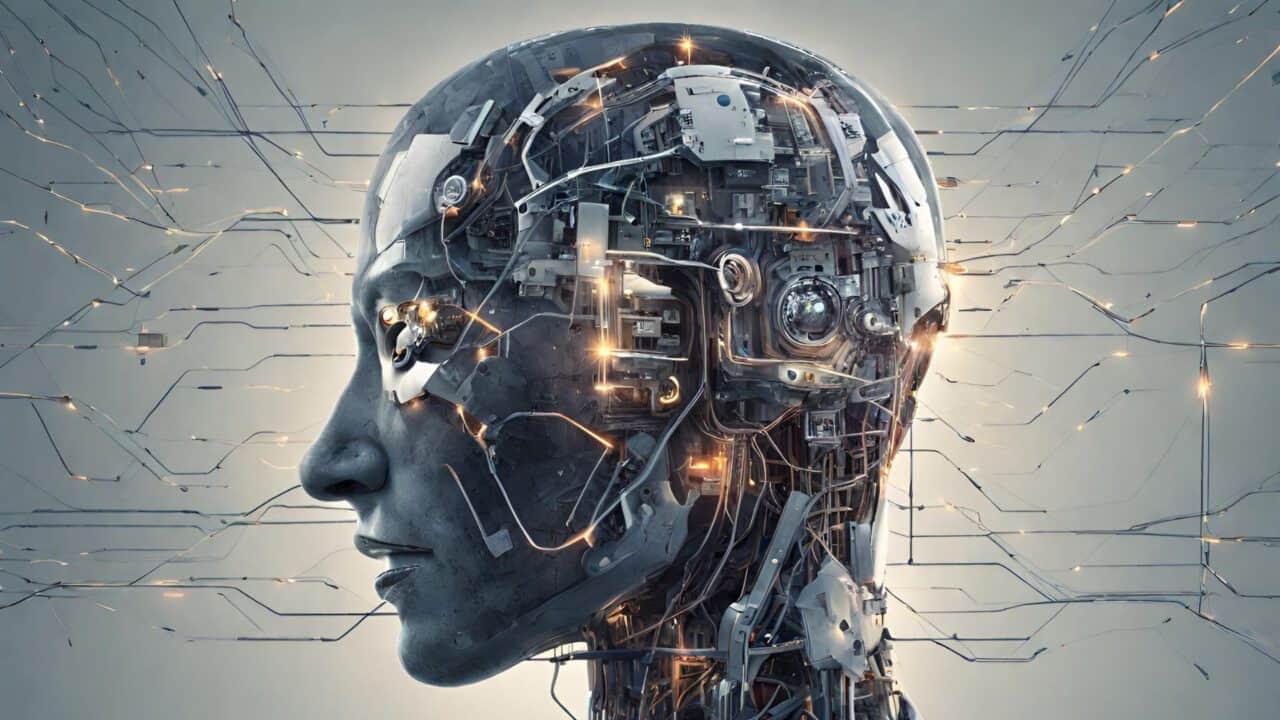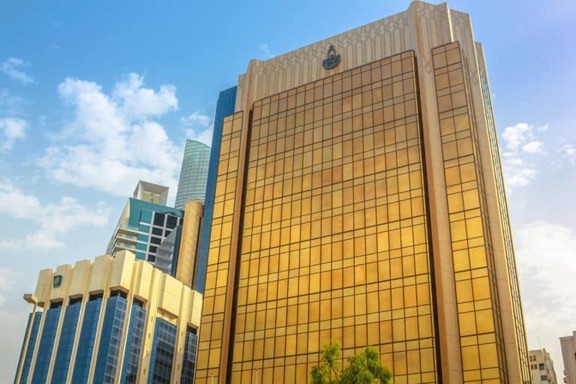Date: April 29, 2025
Abu Dhabi
Source: Al-Ittihad Newspaper
Emirati Thinkers
Prof. Ali Mohammed Al-Khouri
In recent decades, the global economy has witnessed structural transformations that have contributed to reshaping its fundamental features, including the structure of production, international trade, and the labor market. These transformations may represent a product of rapid technological developments and accelerated globalization, which have created new engines driving countries and institutions toward innovation and economic development. However, they also entail complex scenarios that require policymakers and those involved in economic affairs to adopt flexible strategies that are adaptable to global changes.
Transition from Manufacturing to a Knowledge-Based Economy
One of the most prominent transformations the world has witnessed recently is the gradual transition in a number of developed countries from an industrial economy to a knowledge- and services-based economy. This transformation represents not just a transition from a “human workforce” to “intelligent electronic systems,” but rather a shift from the principles of economies based on physical production to those based on information and innovation. This change reflects a fundamental shift in the global economic structure, as the importance of knowledge and technology sectors such as software, consulting, education, and healthcare has grown.

According to the Federal Bureau of Labor Statistics (BLS), the number of manufacturing workers declined by 33.7 percent of the total U.S. labor force, from 19.55 million in 1979 to 12.96 million in 2023. Conversely, the number of service sector workers increased from 77.5 million in 1979 to 128.5 million in 2019, a 65.81 percent increase.
Globally, studies indicate that many developing economies are experiencing significant shifts toward the service sector, such as India, where 61 percent of the non-agricultural labor force is employed in this sector, Nigeria, where 88 percent, and Brazil, where 70 percent, are employed. These figures indicate that the service sector is absorbing a larger portion of the labor force, at a time when traditional industries are migrating to countries with lower production costs. This shift coincides with the significant impact of automation and technological advancements, which are driving policies to reduce employment in traditional industries and shift toward the service sector.

The Rise of Emerging Economies
The role of emerging economies in the global economy has increased. Since the beginning of the new millennium, China has more than doubled its share of global GDP, reaching 17.8 percent in 2020, up from just 3.6 percent in 2000. This massive expansion of the Chinese economy is part of a dramatic cycle in which the economies of countries such as India, Brazil, and Russia have increasingly contributed to changing global trade and financial dynamics. The rapid growth of these economies has created new opportunities in global labor markets and led to significant changes in international supply chains.
The Technology and Digital Revolution
Technological transformation has been another dominant factor in the global economy. Since the beginning of the 21st century, digital technologies have become a core focus of work across all economic sectors. Technologies such as artificial intelligence, the Internet of Things, and blockchain have imposed new approaches to productivity and opened countless opportunities in e-commerce, digital health, and technology finance. Global e-commerce sales are estimated to exceed $8 trillion by 2027, up from $5.8 trillion in 2023. This significant increase in e-commerce reflects the general trend toward digital transformation and increased technology spending, particularly on AI technologies. A January 2025 Bloomberg report indicates that funding for AI startups has increased by 150 percent over the past three years, predicting that the global AI market will reach $320 billion in 2025, with continued growth in the years to come.
Transitions in Trade and Financial Policies
Despite the positive aspects of these shifts, the global economy still faces complex issues, particularly related to trade tensions between major powers. Changes in trade policies, such as tariffs, are driving reorganization of supply chains and pushing companies to consider alternative strategies for managing production and resources. These changes may have negative effects on economic growth levels in the short term, but they also open the way for a reassessment of global trade and financial structures.

Environmental Challenges
On the other hand, environmental issues have begun to become a priority in global policies. The shift towards sustainable development has become a fundamental global demand to balance economic growth with environmental conservation. In 2015, 195 countries, in addition to the European Union, signed the Paris Climate Agreement, with the aim of reducing greenhouse gas emissions and limiting global warming. The agreement has placed significant pressure on countries to shift the priorities of their national agendas and also reflects looming environmental and economic risks that could threaten the sustainability of the global economic system in the future.
New Economic Models
Perhaps the greatest shift witnessed by the global arena has been the COVID-19 pandemic, which has accelerated some structural transformations. The pandemic and fears of the spread of epidemics have prompted institutions and companies to accelerate their reliance on digital technologies, such as remote work, online commerce, and digital education. Overall, the public health crisis has brought about significant changes in labor markets, with an increased reliance on temporary or flexible jobs and the development of new economic models such as the sharing economy and freelancing. According to a statistical report by the Statista platform; The total value of the global sharing economy is expected to reach $600 billion by 2027, compared to approximately $113 billion in 2021.
Demographics
Regarding demographic changes, the aging population in some countries poses a significant challenge to social and economic systems. People over the age of 65 are expected to constitute 16 percent of the global population by 2050, compared to 9 percent in 2019, placing pressure on health and pension systems. Countries with declining population growth rates and aging populations will need policies to support workforce sustainability and provide social care.
Opportunities for Change and Future Challenges
It is clear that structural transformations in the global economy represent a new turning point in the evolution of the economic system. These transformations will provide significant development opportunities, but they will also impose a different reality that requires a delicate balance between economic, financial, and social policies. The new reality will require governments and companies to adopt flexible and innovative strategies to keep pace with these changes, based on the principle that future development must move towards balance and sustainability, enabling the next generation to continue building on these transformations and investing in them in an effective and influential manner.











